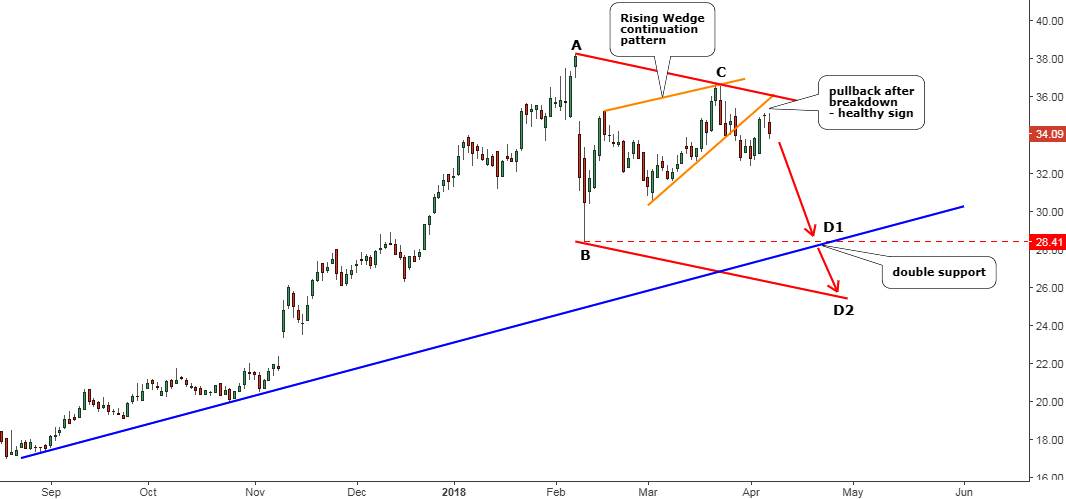If you follow our blog, then you are definitely familiar with trader Larry Levin, President of Trading Advantage LLC. We have gotten such a great response from some of his past posts that he has agreed to share one more of his favorite trading tips as a special treat to our viewers. Determining the direction of the market can be tricky and just plain confusing at times, but Larry’s expert opinion keeps it simple.
If you like this article, Larry’s also agreed to give you free access to his award winning book.
On a candlestick chart, there is a pattern that technicians refer to as a doji. A doji has top and bottom shadows like a regular candlestick, but has practically no real body. This happens when the opening and closing price are the same, or so close that they just leave a sliver of a real body. A doji looks like a plus sign or cross.
Finding a Doji can tell a technical analyst key things about a market trend
Doji are considered a good sign of indecision in a market. Finding a doji with short and nearly identical shadow points suggests a neutral trading session. The market opened, had a small trading range, and then closed at the opening price. Neither bulls nor bears got the upper hand. Longer shadows show potentially greater indecision. They are neutral on their own, but paired with a trend, a doji can hint at a coming change.
Market participants looking for a reversal like to see Doji
Doji are like little battle scars of conflict. The trade had action but in the end no one won the day and the market closed pretty much where it started. If the market was on a bullish trend, this could be a signal that the bears were coming in. The opposite could be deduced if the market was in a bearish trend.
A technician's reversal argument is simple. If the dominant trend were still in control, there wouldn't have been a wrestling match for control. And there would have been a clear winner. Instead, the real body showed that the day was almost a wash. Continue reading "Candlesticks - Using the Doji" →



 If you follow our blog, then you are definitely familiar with trader Larry Levin, President of Trading Advantage LLC. We have gotten such a great response from some of his past posts that he has agreed to share one more of his favorite trading tips as a special treat to our viewers. Determining the direction of the market can be tricky and just plain confusing at times, but Larry’s expert opinion keeps it simple. If you like this article,
If you follow our blog, then you are definitely familiar with trader Larry Levin, President of Trading Advantage LLC. We have gotten such a great response from some of his past posts that he has agreed to share one more of his favorite trading tips as a special treat to our viewers. Determining the direction of the market can be tricky and just plain confusing at times, but Larry’s expert opinion keeps it simple. If you like this article,